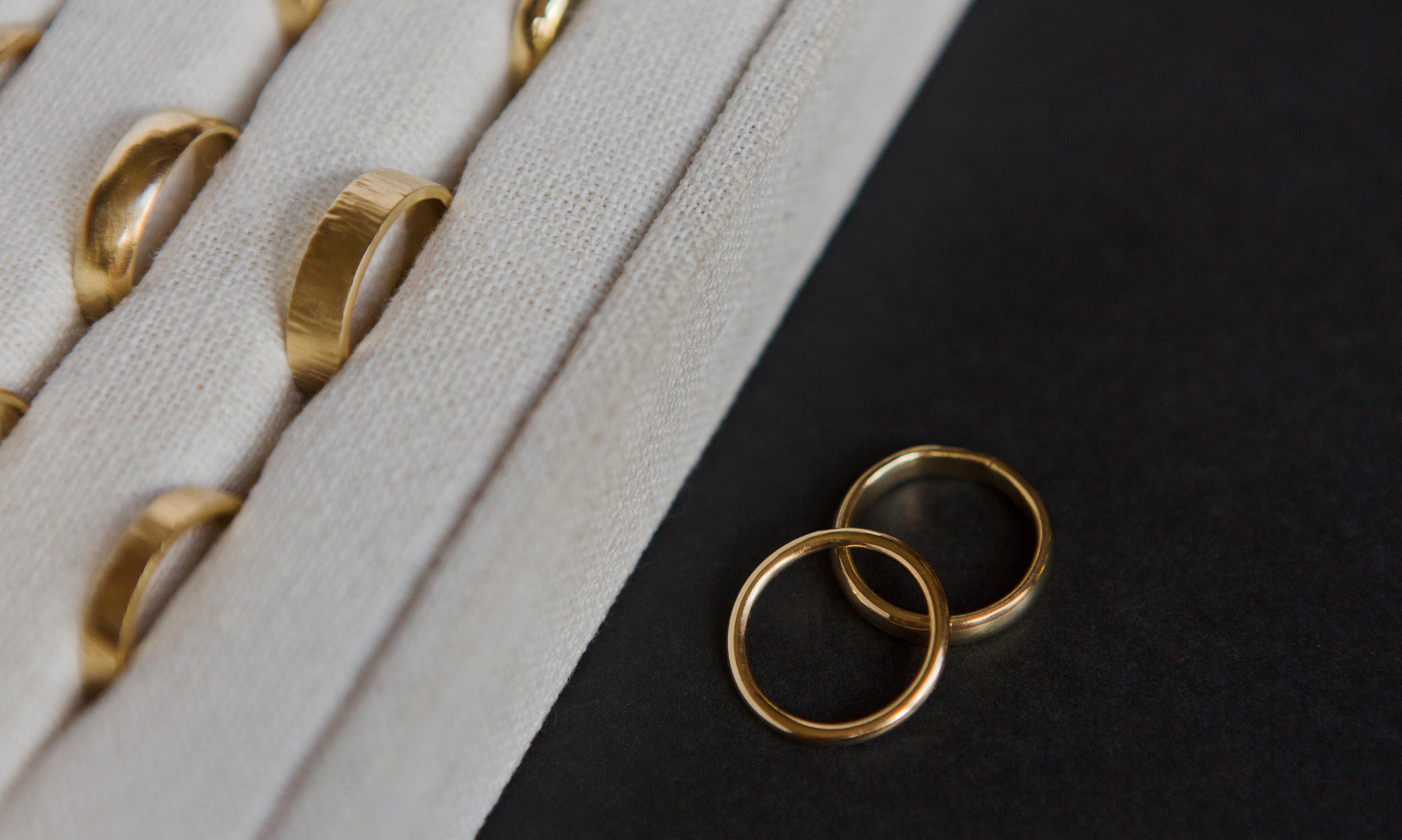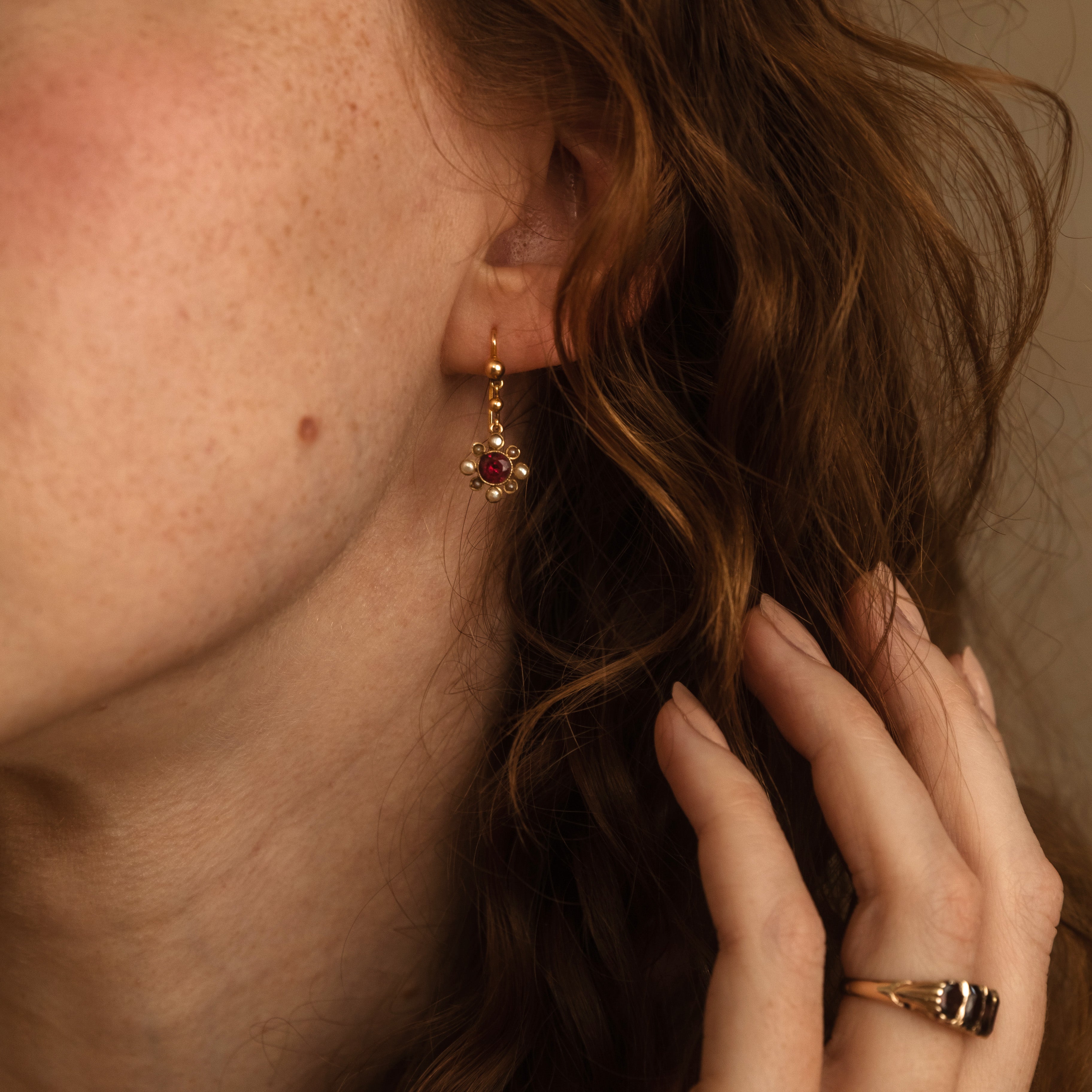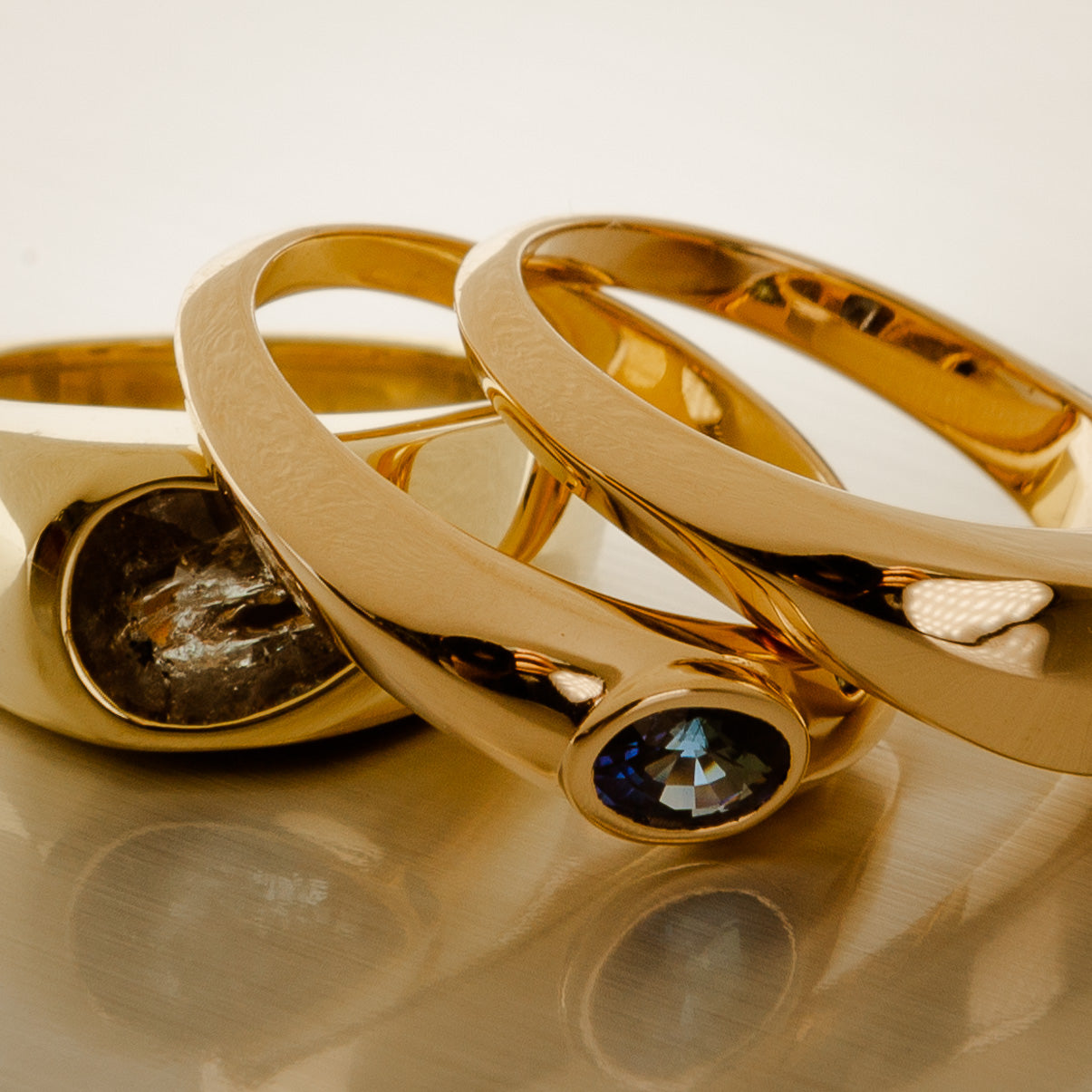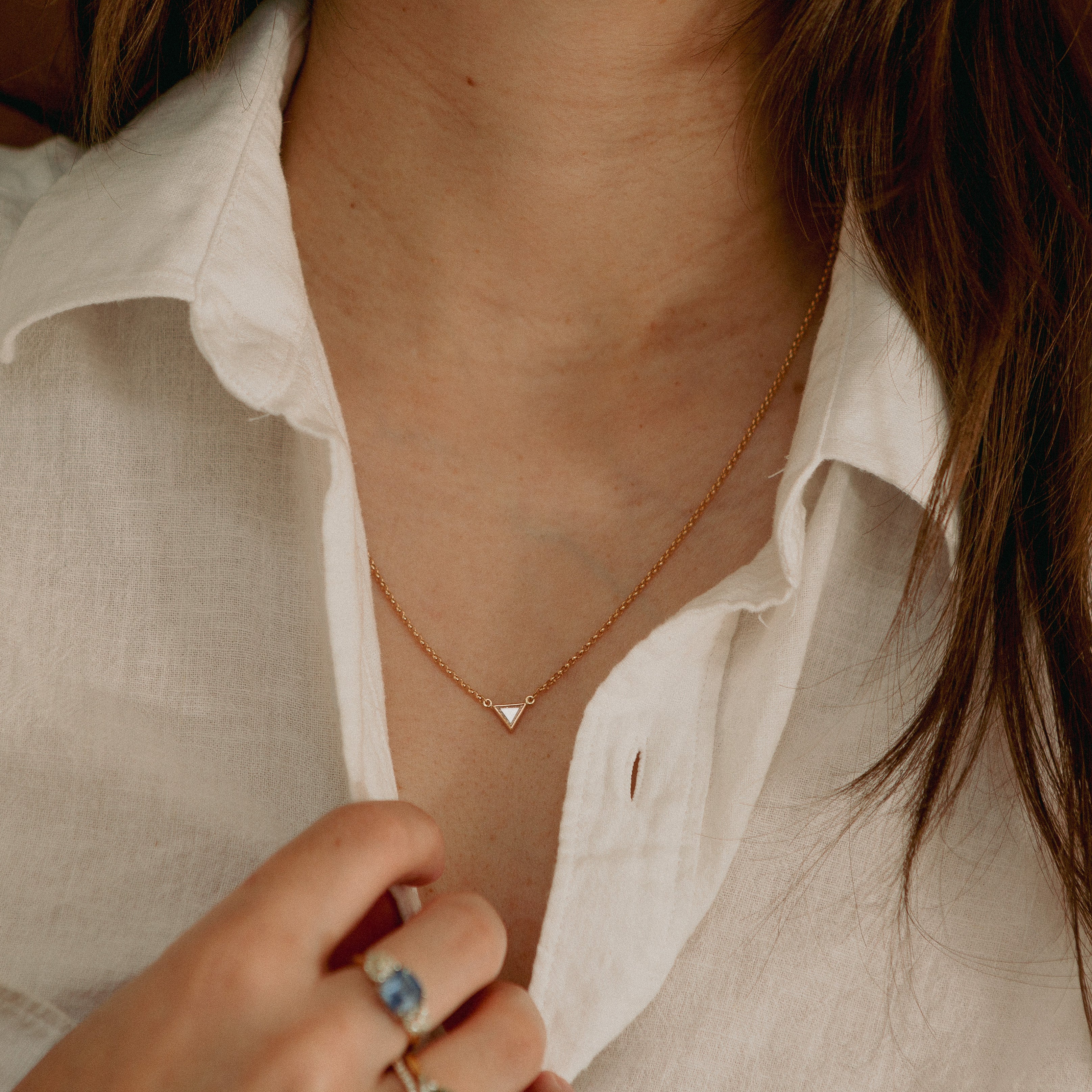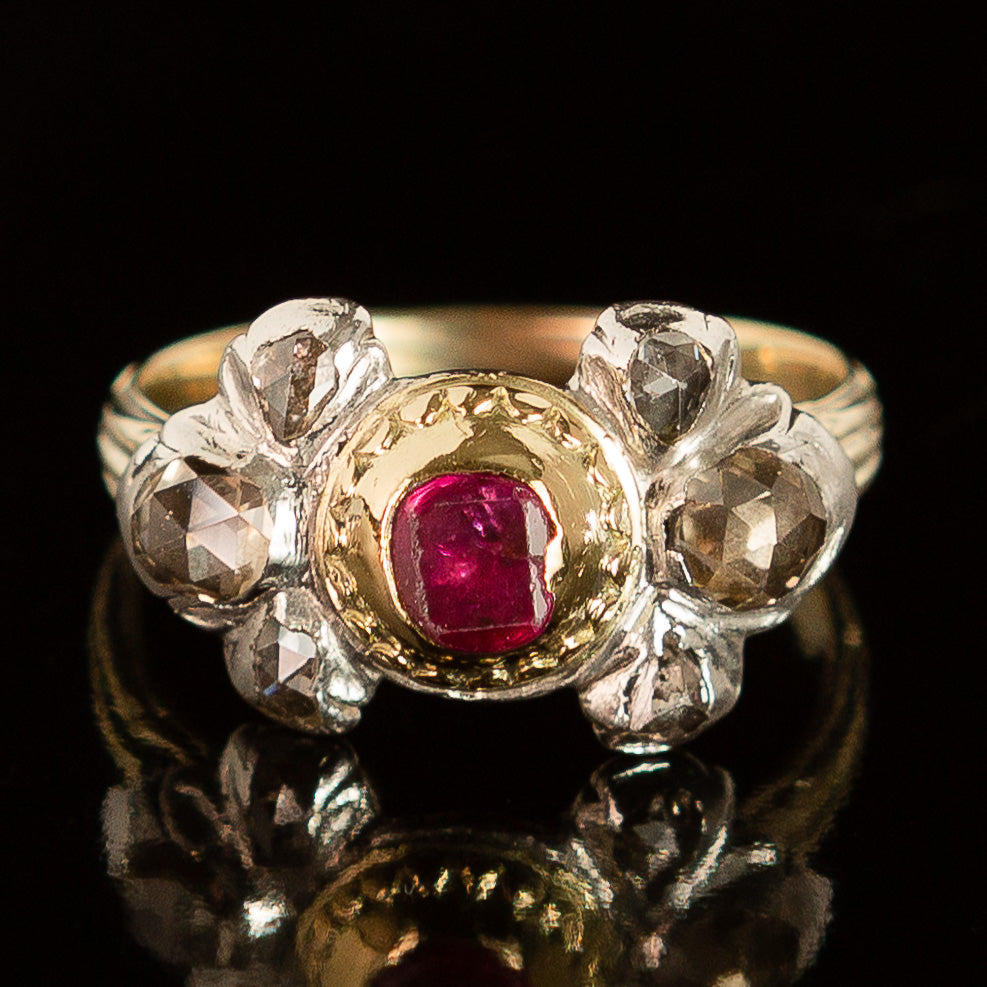Aquamarine, the birthstone of March, is a captivating gemstone with a rich history and symbolism. It's known for its stunning sea-blue color that ranges from pale to deep blue, often resembling the serene waters of the ocean.
Origins of Aquamarine
Aquamarine is a member of the beryl family, which also includes emeralds. Its name originates from the Latin words 'aqua' meaning water, and 'marine' referring to the sea, owing to its oceanic color. The majority of aquamarine stones are found in Brazil, but it's also mined in Nigeria, Madagascar, Zambia, Pakistan, and Mozambique. The largest aquamarine stone ever mined, the 'Dom Pedro' aquamarine, was found in Brazil and is currently on display at the Smithsonian Institution.
Aquamarine Lore and Symbolism
Aquamarine holds a special place in folklore and symbolism. It was believed to be the treasure of mermaids and was used by sailors as a talisman for good luck, fearlessness, and protection. It's also said to enhance happiness in marriages. Aquamarine associated with the throat chakra and is believed to help overcome the fear of speaking.
Famous Aquamarine Jewelry
One of the most famous pieces of aquamarine jewelry is a ring commissioned by Princess Diana in 1997. It features a emerald-cut aquamarine surrounded by white diamonds and set in white gold. The ring was given to Meghan Markle by Prince Harry and she wore it to her wedding reception, bringing the spectacular stone back into the spotlight.
How to Care for Aquamarine Jewelry
Aquamarine jewelry should be treated with care to maintain its beauty. Avoid exposing it to harsh chemicals or extreme heat, as this can damage the stone. Instead, gently clean your aquamarine jewelry with mild soap and warm water, using a soft brush to remove any dirt or oil. Remember to rinse thoroughly and dry with a soft cloth. Regularly check the settings of your jewelry to ensure the stone is secure. When not in use, store your aquamarine jewelry separately to prevent it from being scratched by other gems.




